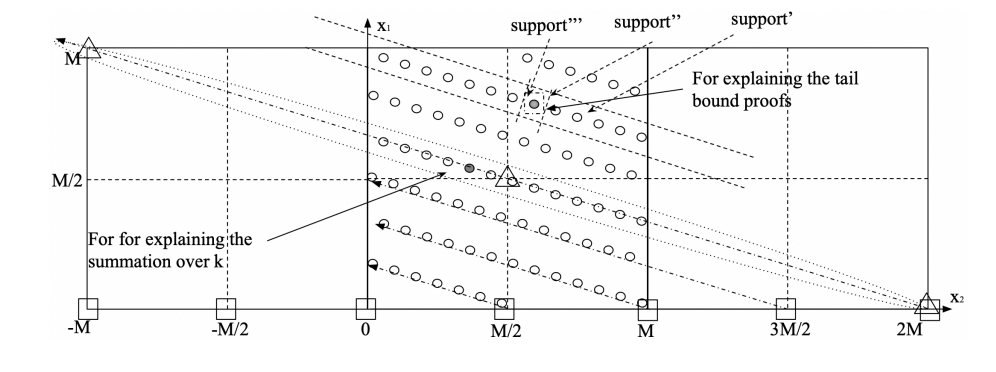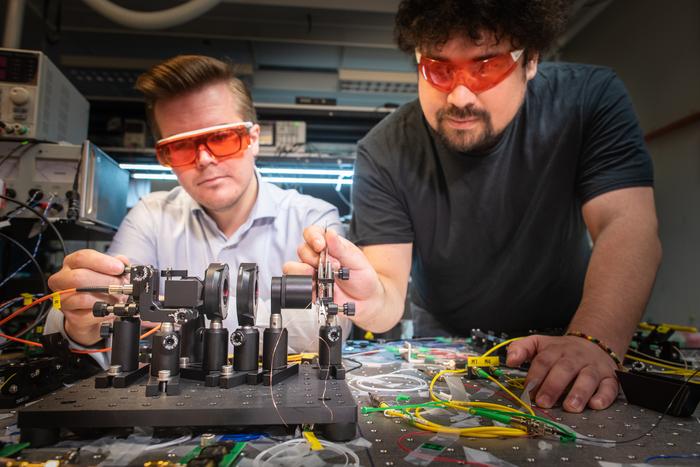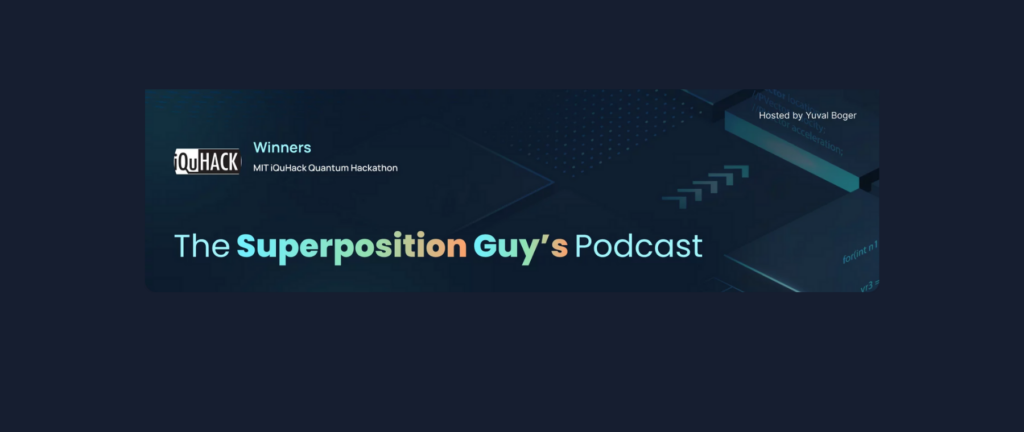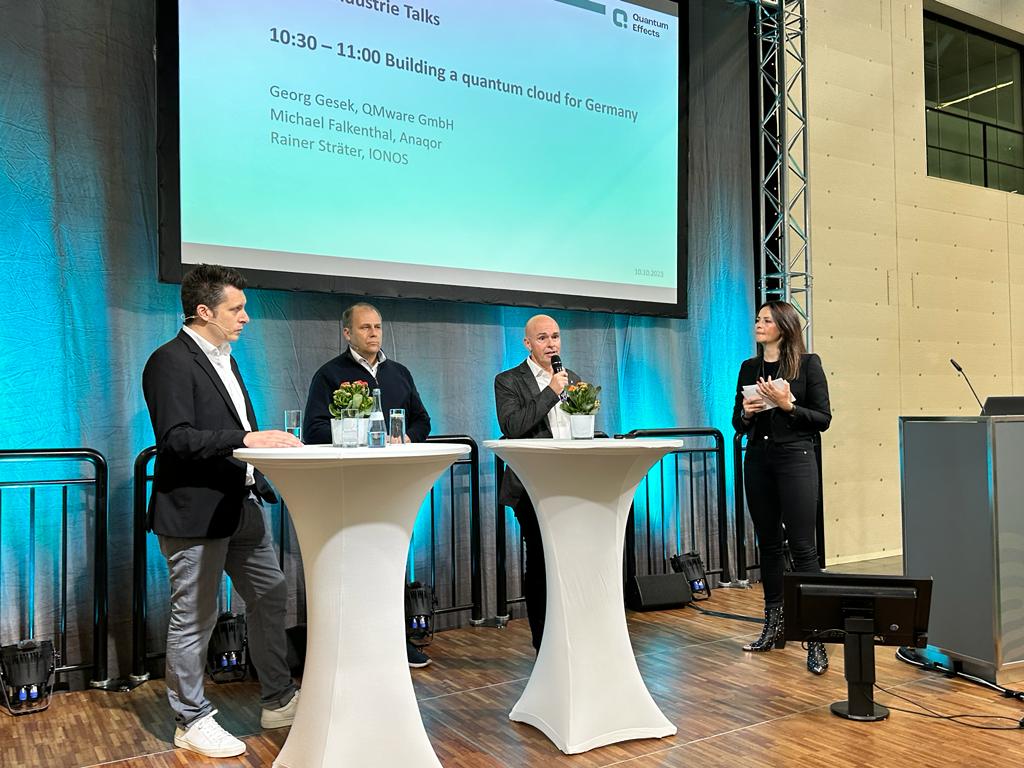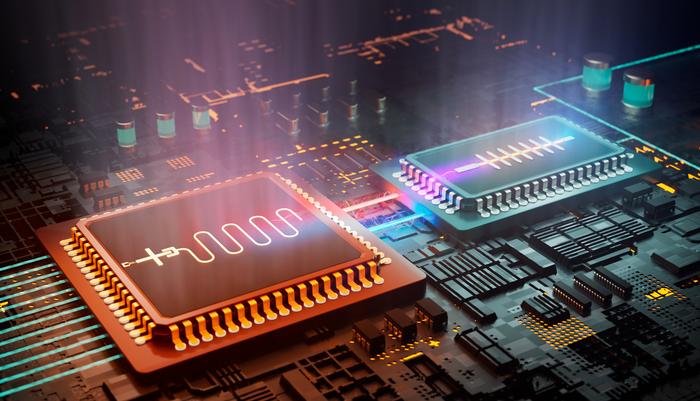
Recent breakthrough experiments are just the latest in an accelerating timeline of development.
In early June, when researchers from Spain and China simultaneously published two independent breakthroughs towards the development of quantum repeaters, it may have seemed like a surprising coincidence. On the contrary, these two experiments mark just the latest in an accelerating global race towards a quantum internet.
What exactly is the quantum internet?
Entanglement: The fundamental resource of the quantum internet
Where the classical internet transmits bits from sender to receiver, the quantum internet distributes entanglement. Entanglement is the quantum phenomenon where quantum bits — or qubits — can become intertwined across long distances. The ability to distribute quantum Entanglement as a Service (EaaS) is at the core of the quantum internet.
While there isn’t a direct analogy to classical networks, EaaS represents the fundamental service provided by quantum networks (QNs) in the same way that TCP/IP defined the core service provided by today’s internet. EaaS connects quantum network users with entangled qubits across long distances using networks of quantum repeaters.
With EaaS, applications running on nodes connected to the quantum internet will be able to request entanglement on demand. EaaS networks establish entanglement by distributing pairs of entangled photons between nodes. Once established, entanglement allows for communication exchange without the need for physical transmission.
Why do we need the quantum internet?
Realizing the promise of unhackable communications
This ability to convey information on an EaaS network — without physical transmission — makes quantum networks “unhackable.” Traditional threats, like eavesdropping or “man-in-the-middle” attacks are rendered impossible by the fundamental laws of physics. As we build ever more powerful quantum computers, data transmitted today, even if encrypted, could become hackable at some future date. The solution is to develop a long-term, quantum-safe security fabric such as EaaS networks.
It is critical to note that EaaS networks go beyond existing Quantum Key Distribution (QKD) networks. Today’s QKD networks are single purpose, engineered specifically to support the distribution of quantum keys. EaaS networks provide entanglement as a resource, which can be used by a variety of applications. In addition, EaaS networks use teleportation to transmit qubits, providing an additional layer of security. Finally, EaaS networks support more general topologies and greater distances than QKD networks without compromising security. To support long-distance communications, QKD networks rely on trusted nodes, which can compromise security if the network is managed by a third party, such as a service provider. EaaS networks use quantum repeaters to establish direct entanglement, meaning that the network user does not need to trust the network provider.
High Performance Computing Through Networked Quantum Computers
EaaS enables scalable distributed quantum computing by networking together many small quantum computers to address larger problems. Networking quantum computers using EaaS can, for example, turn 10 50-qubit quantum computers into one 500-qubit machine. In this way, the quantum internet will drive a revolution in high performance computing (HPC), with the potential to enable breakthroughs in AI, medicine, materials, logistics, and much more.
Why are quantum repeaters important to the quantum internet?
Quantum repeaters: The building blocks
To distribute EaaS across the globe in a quantum internet, we need practical quantum repeaters. In a classical network, bits are transferred along fiber optic cables, and over long distances begin to lose reliability as the signal is absorbed. Repeaters are inserted between nodes to measure the signal coming in from one side, copy it, and retransmit it at a higher power to the other side – so we can reliably transmit information over very long distances. While loss is also a problem in quantum networks, it can’t be solved in the same way thanks to physics – quantum information cannot be copied without being destroyed, a fact known as the no-cloning theorem.
Quantum repeaters are based on the concept of entanglement swapping – using teleportation to create long-distance entanglement through a chain of locally-connected repeaters. Quantum repeaters convert a series of short-range entanglements into a single long-range connection.
What is ‘breakthrough’ about the recent quantum repeater research?
Practical quantum repeaters
Quantum repeater development made a leap forward in June, when two groups of researchers made independent advances towards practical quantum repeaters. So far, practical quantum repeaters have proved elusive. In the recent publications, the two groups of researchers demonstrated novel platforms for quantum repeaters that could lead to practical applications.
Simply producing entanglement is not enough. Quantum repeaters need to do so at high rates, in a way compatible with existing telecom infrastructure, and with long qubit storage times. With the two recent advancements, the field has taken a step closer towards practical quantum repeaters, which in turn hold the key to the quantum internet.
A global race
These two developments are only the latest in an accelerating timeline of progress towards the quantum internet. Technologically the pace has been rapid. 2020 saw a number of advances: Chinese researchers demonstrated a 1000km secure quantum network using satellites; major quantum computing companies, including IonQ and Rigetti announced plans to network their devices; Dutch researchers demonstrated a multi-node network using entanglement swapping, and, most recently, Toshiba demonstrated a secure quantum link over 600km of optical fiber.
Some of the heightened interest has been driven by governments racing to be the first to develop the technology for the quantum internet. The Innovation & Competition Act, the massive $250 billion research funding bill that was recently passed in the U.S. Senate and includes funding for quantum technology, explicitly seeks to outpace China in the development of frontier technologies like the quantum internet. Governments around the world have approached quantum internet development with a similar urgency.
The race to build a quantum internet is reaching a focal point now because the technology is reaching a level of readiness for the first quantum networks to be deployed. The promise of applications like unhackable communications and scalable quantum computing is attracting high interest from governments and commercial entities alike.
There is a lot of work left to be done, but the quantum networking field is developing more quickly than any new technology I have witnessed in my 30-year career.
###
About Jim Ricotta
Jim is an experienced start-up CEO, board member, and Fortune 500 division GM. Prior to Aliro, he was the CEO of five venture-backed companies that produced exits exceeding $1 Billion. Jim has raised venture funding at a variety of stages, recruited and lead management teams, brought products and services to market, acquired customers and grown revenue. He has launched companies and product lines in new spaces, and successfully sold emerging networking businesses to Cisco and IBM for $1 Billion.
Jim won an Emmy Award for outstanding engineering achievement in developing Avid Technology’s digital video editing system. He holds a BS in Electrical Engineering from Cornell, and an MBA from Harvard.
















